Plantar Fasciitis: Causes, Signs, & Treatment for Runners
Plantar Fasciitis is a common diagnosis of heel pain in runners. Just because it's common though does not mean that it can be ignored.
Usually it's too painful to be ignored anyways and the worst part about it is that it can take weeks to heal.
That is why we should be careful to prevent this injury and if we do develop it take care with the fastest route to rehabilitating the tissue.
What is Plantar Fasciitis?
The Plantar Fascia (or plantar aponeurosis) is a thick, fibrous tissue which originates on the heel (calcaneous bone) and then extends out along the sole of the foot to the toes.
How to find your Plantar Fascia:
If you take your foot and bring your toes toward your heel in dorsiflexion you can feel a tissue becoming tight and then loose again with you relax and bring your toes away from your heel. This is the plantar fascia.
This tissue's job it to help maintain stability in the foot by holding the arch of the foot. It's what makes the spring in your step.
Due to its function of stability, the plantar fascia prevents the foot from rolling inwards too much but overuse and overtime this will cause the fascia to become stretched and to rip away from it's insertion on the heel which leads to pain and/or inflammation. Boom! Plantar Fasciitis.
Plantar = foot, Fascia = fiber/tissue, "itis" = inflammation.
So Plantar Fasciitis = inflammation of the fibrous tissue on the bottom of the foot.
Causes
A lot of tension is placed on the plantar fascia when the toes are extended and when the arch is lowered from weight bearing (eg. Coming down on your foot in a running step).
If the weight of the body is falling on the heel the tension is almost insignificant whereas putting your weight on the balls of your feet (toes) will greatly increase the tension.
As runners we are constantly extending our toes and pushing forcefully with the balls of our feet to push off the ground which places a great amount of tension on the plantar fascia.
Other causes that have been researched that tend to plantar fasciitis are:
- wearing shoes that over-support your arch causing the muscles to become weakened
- excessive overpronation (causes the arch in your foot to stretch thereby stretching your plantar fascia)
- having a long running stride.
Some causes can be easily prevented with the necessary precautions.
Running too much, too soon at too high of an intensity places stress on the tissue. Shoes that are too flexible and too over worn cause stress as well. Don't wear shoes for forever and ever, and ever and ever. Every 300-500 miles is about the limit.
Signs & Symptoms
The pain of plantar fasciitis usually starts in the heel bone and will eventually move down to the body of the fascia (the middle of the bottom of the foot).
One of the first signs is having heel pain when you wake up in the morning.
This is due to being off your feet all night and placing your body weight on a rigid and tense plantar fascia.
As the injury develops this can become very severe but usually lessens as you start to walk around.
The fascia will normally become inflamed and sore if not treated as soon as possible. This inflammation can be avoided (and should be at all costs) if you take the necessary precautions as soon as you start feeling the pain.
Treatment
Treatment should start before inflammation occurs and as soon as you feel heel pain in order to prevent having to take off weeks (yes! Weeks! Not at all uncommon for it to continue anywhere from 8-12 weeks.) from your running routing.
As with all injuries and especially this one, prevention is key!
As soon as pain starts take a break from running
You must take a break from running for at least 3, optimally 5 days. No if, ands, or buts.
You will regret it if you don't take this break. Your healing period will be longer and then you will be even more frustrated because of the continuing pain.
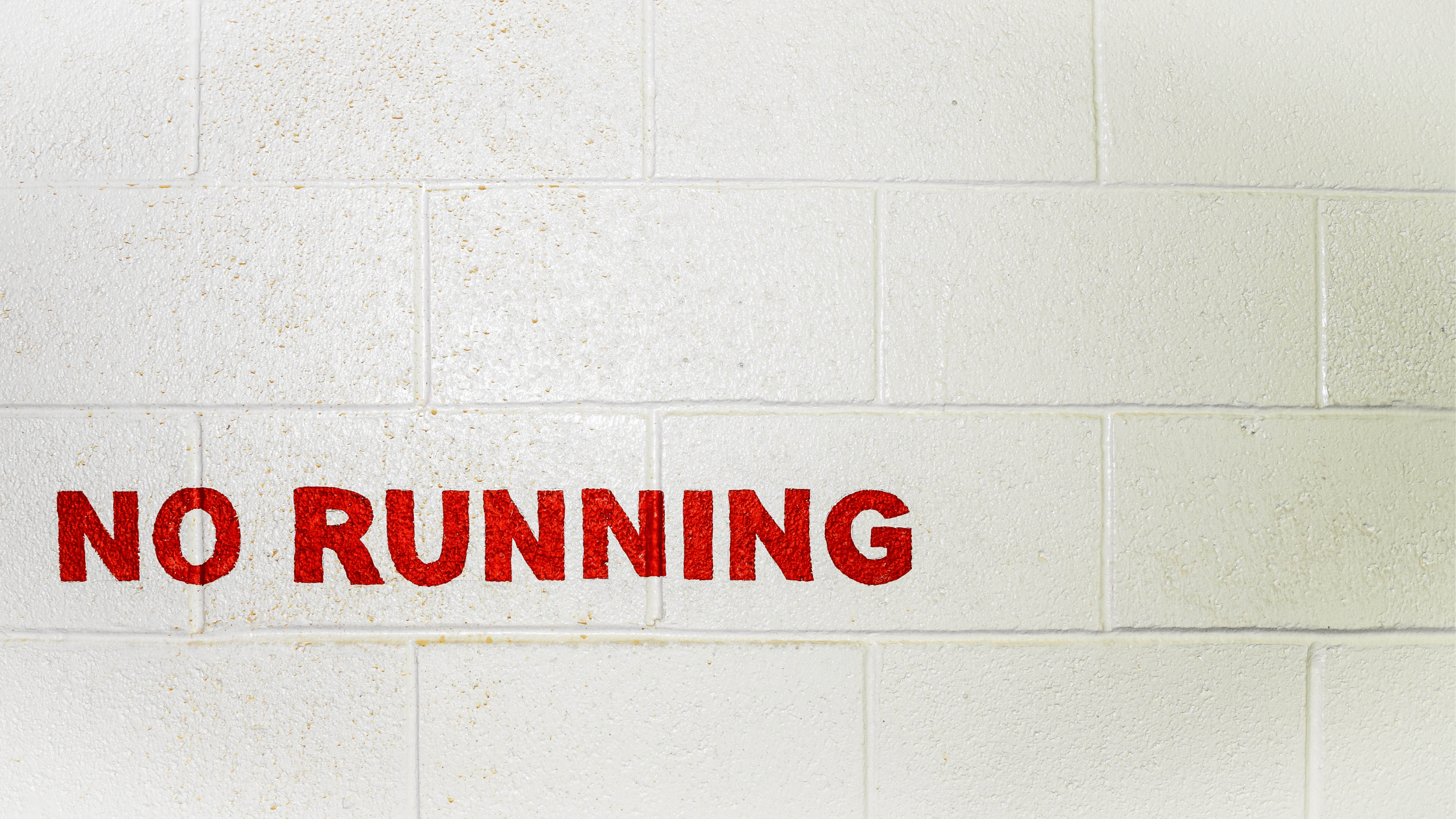
Evaluate Your Arch Support in your Shoe
Do you have too much support? are your muscles becoming weakened. Think about transitioning to minimalist shoes after you recover.
Here are the best minimalist running shoes for men and women.

Wear compression socks
By wearing compression socks you give your foot more support and reduce the pain.
These compression socks are plantar fasciitis friendly and also have a built in heel-lift to help alleviate some of the pressure.

Give Your foot a Massage
You can use a tennis ball, a foam roller, or anything that can move easily under the foot and give you some relief.
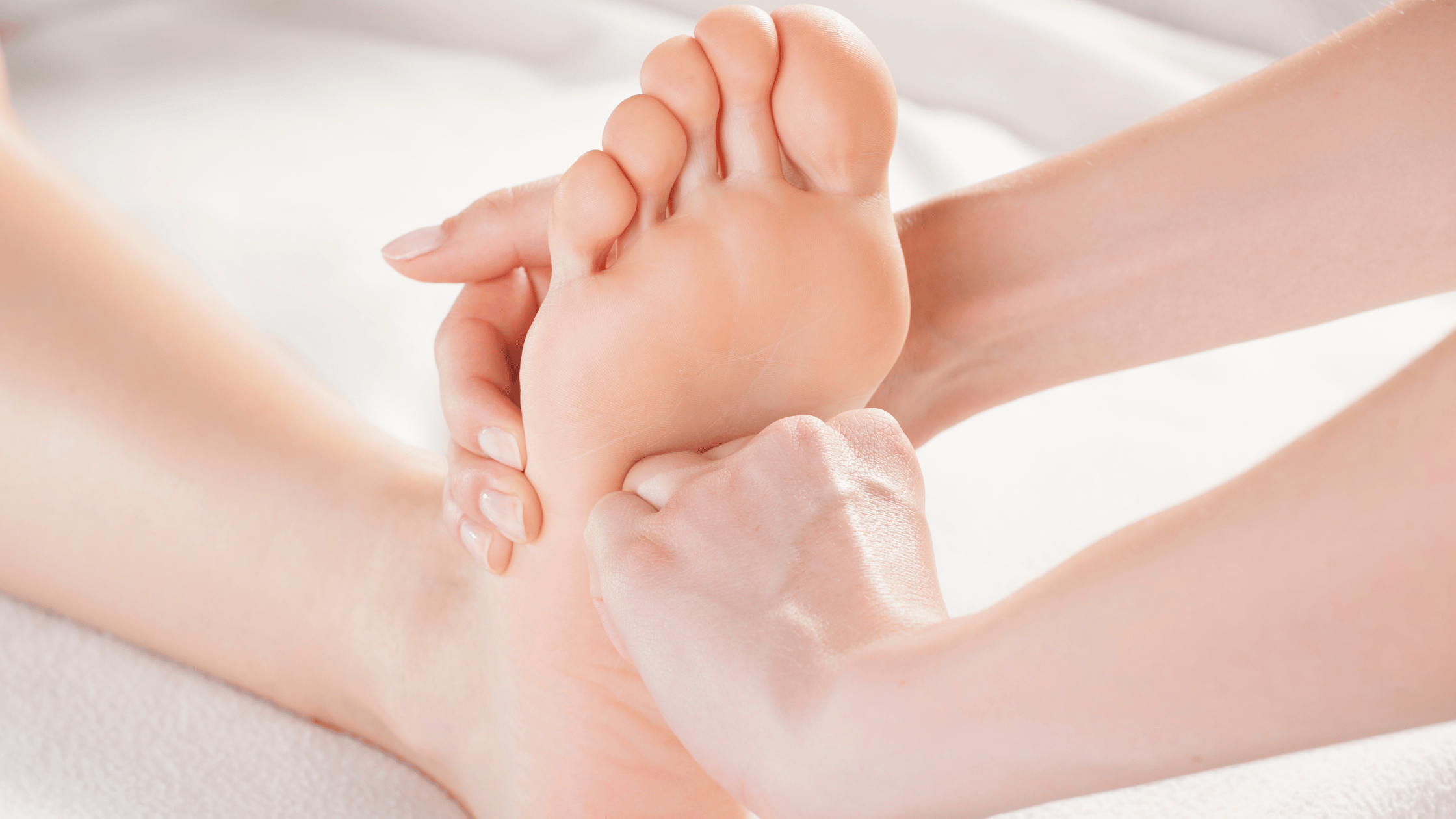
Ice Your Plantar Fascia Several Times a day
Icing your foot helps to prevent and reduce inflammation.
You can ice your plantar fascia about 3 times a day for 5-10 minutes a day.
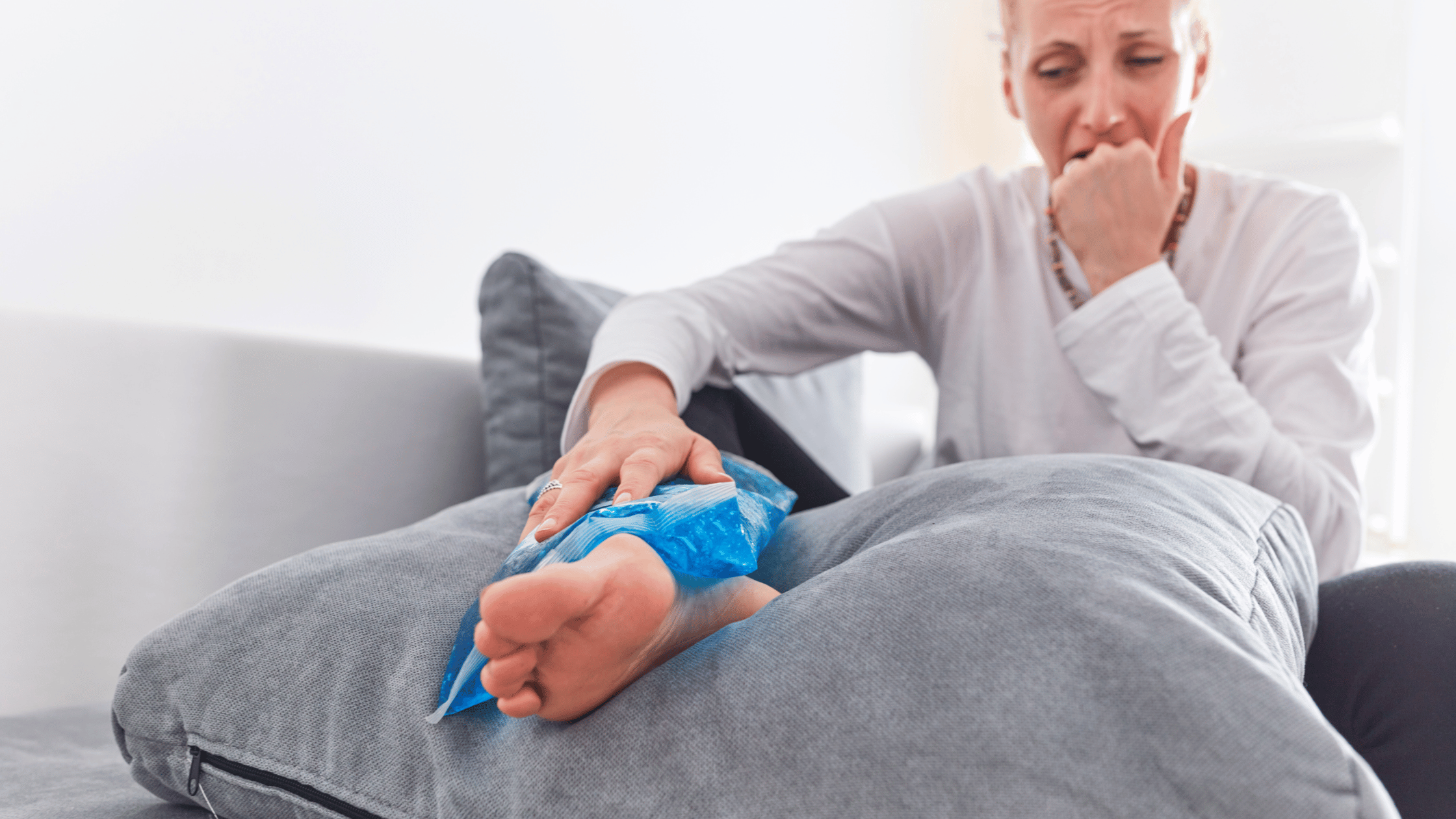
At Night Wear a Plantar Fasciitis sleep support
A sleep support helps keep the plantar fascia from becoming rigid while you are sleeping and it is not in use. Stiffness in the morning will only increase the pain.

Stretching the Plantar Fascia will also help!
Stretch the plantar fascia at least 3 times a day.
Here are some simple techniques:
- In an upright standing position lift your toes (yes, just your toes) up off the ground. Lower them and repeat.
- Sitting in a chair or in a standing position (one foot at a time if standing) bring your toes towards your heel in dorsi-flexion. If you do this stretch in a seated position and feel the plantar fascia along the inner side of the foot you can feel how it tightens causing the oh-so-good stretch.
- In a standing position, take a tennis ball and place it under the ball of your foot on the side of your big toe. You may need to hold on to something to maintain your balance. Slowly and with control roll the ball back along the sole of your foot to your heel and then roll it back to the starting position. Remember to keep the ball on the inside/big toe side of your foot.
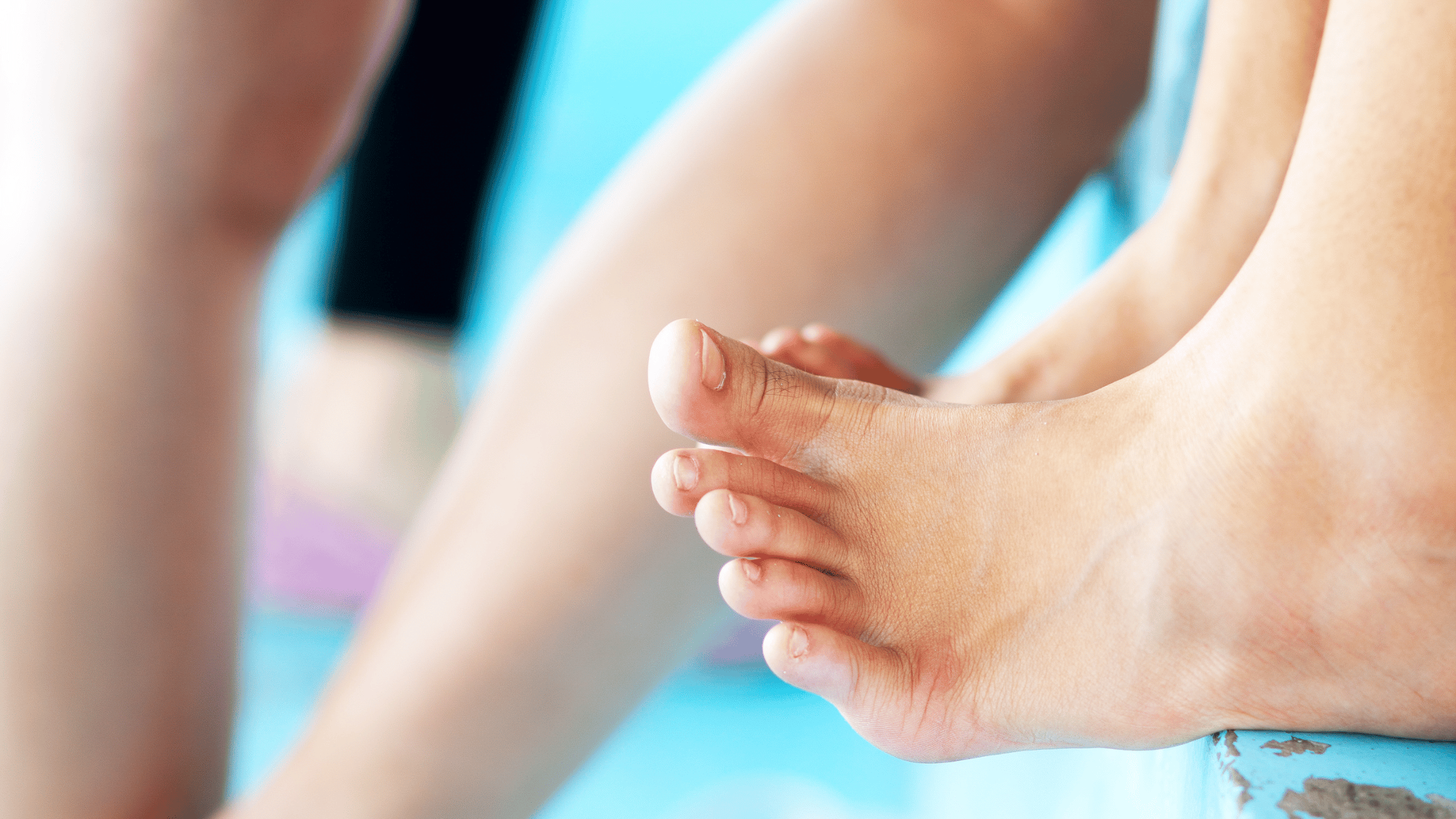
Don't skimp on your stretching! It reduces pain. Also stretching your plantar fascia regularly is a great prevention aid in avoiding plantar fasciitis.
When Can You Start Running Again?
1. When you are free of arch and heel pain.
If you had heel pain in the morning but it has since subsided, take the day off and treat the plantar fascia because remember that heel pain in the morning is the first sign of plantar fascia.
2. You have been stretching your plantar fascia regularly.
Like I mentioned above. You want to stretch your plantar fascia at least 3 times a day.
3. You have been keeping your lower leg strong.
Taking off from running means that you have probably lost some lower leg strength. Don't start back up right where you left off. You are going to have to rewind it a bit.
Don't lose hope if you are experiencing plantar fasciitis. Most runners, after the proper treatment, have gone on to be even better runners.
Related Pages:
👋Sign up to receive the free printable strength exercises for runners: 👇
 |
As featured on:

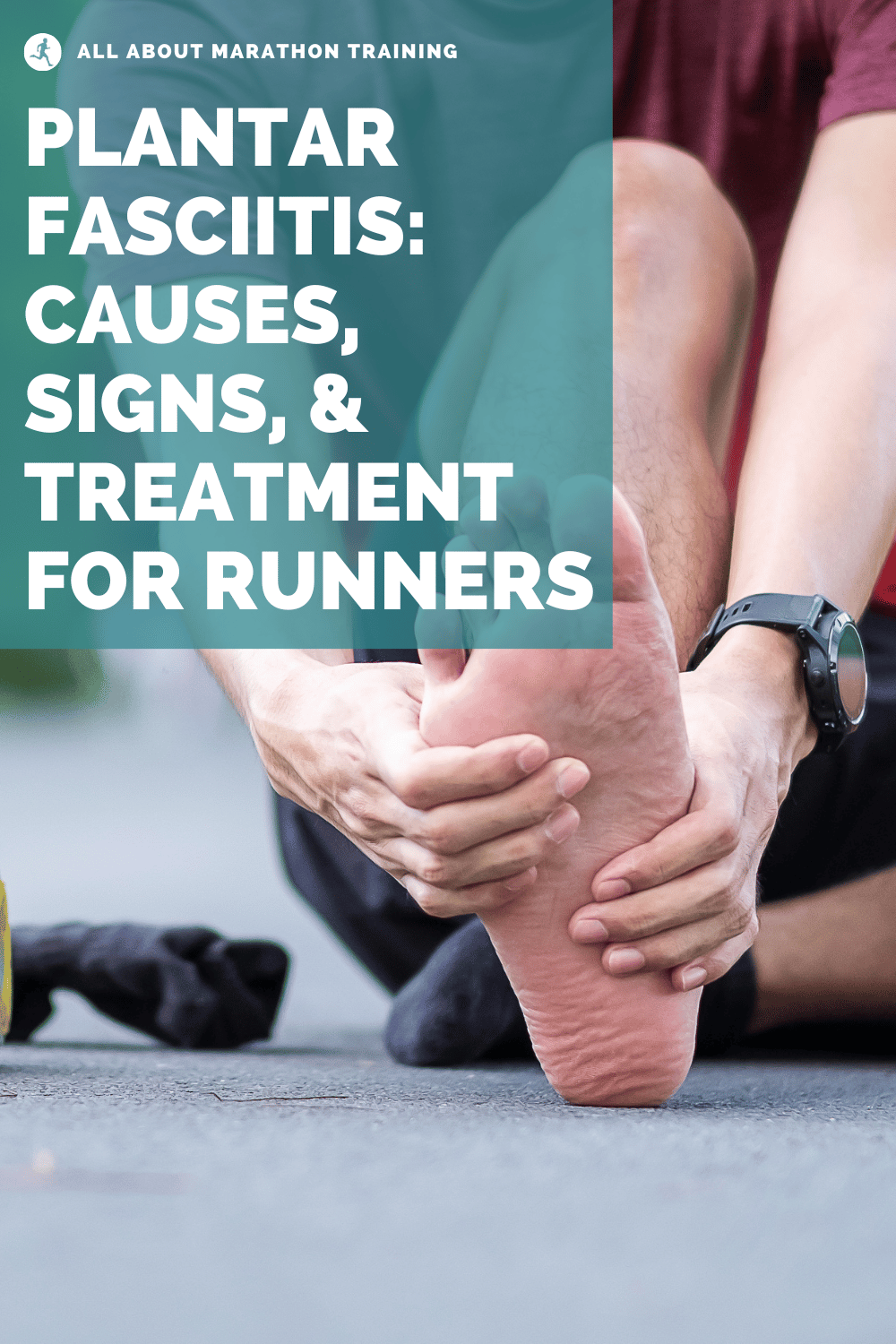

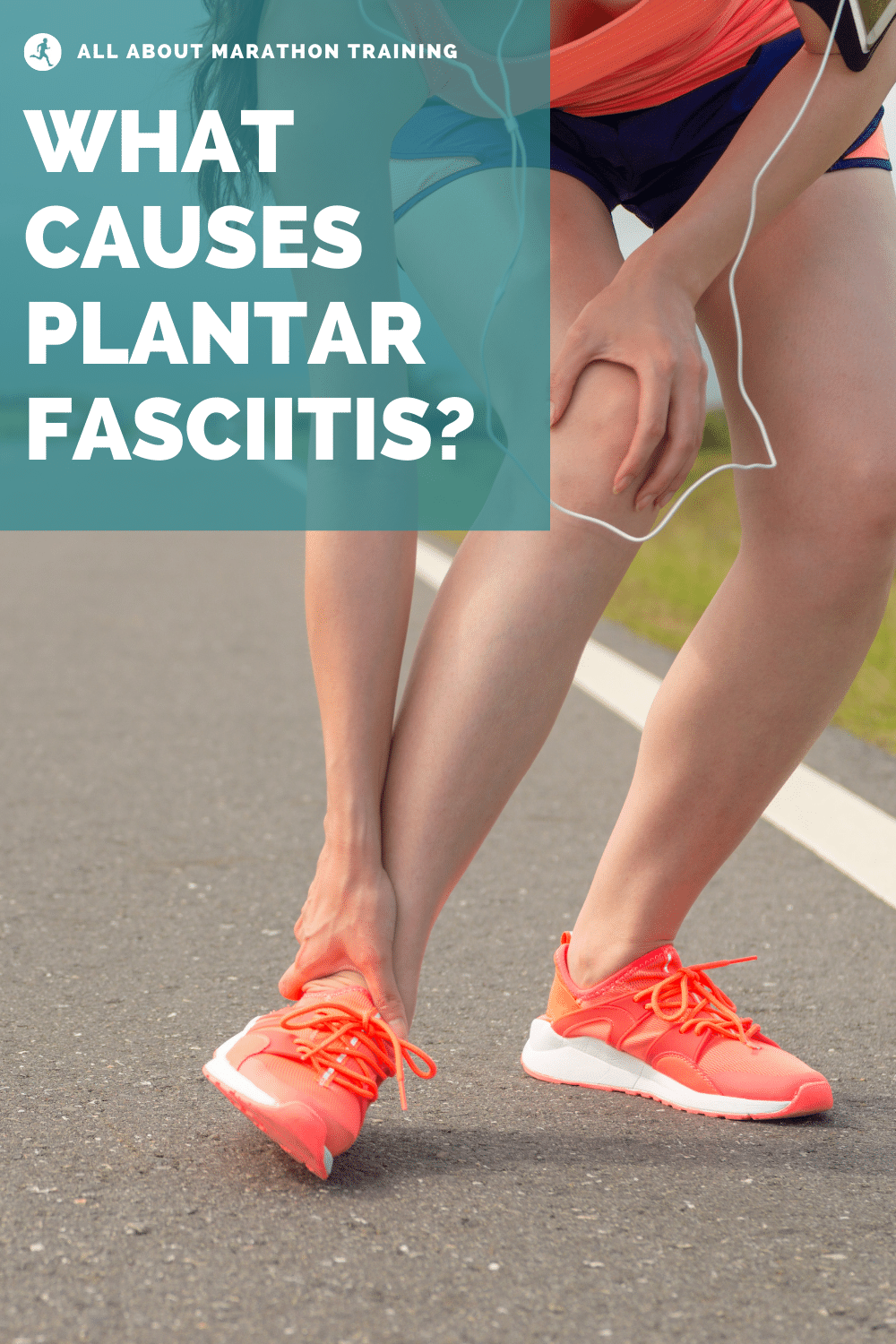
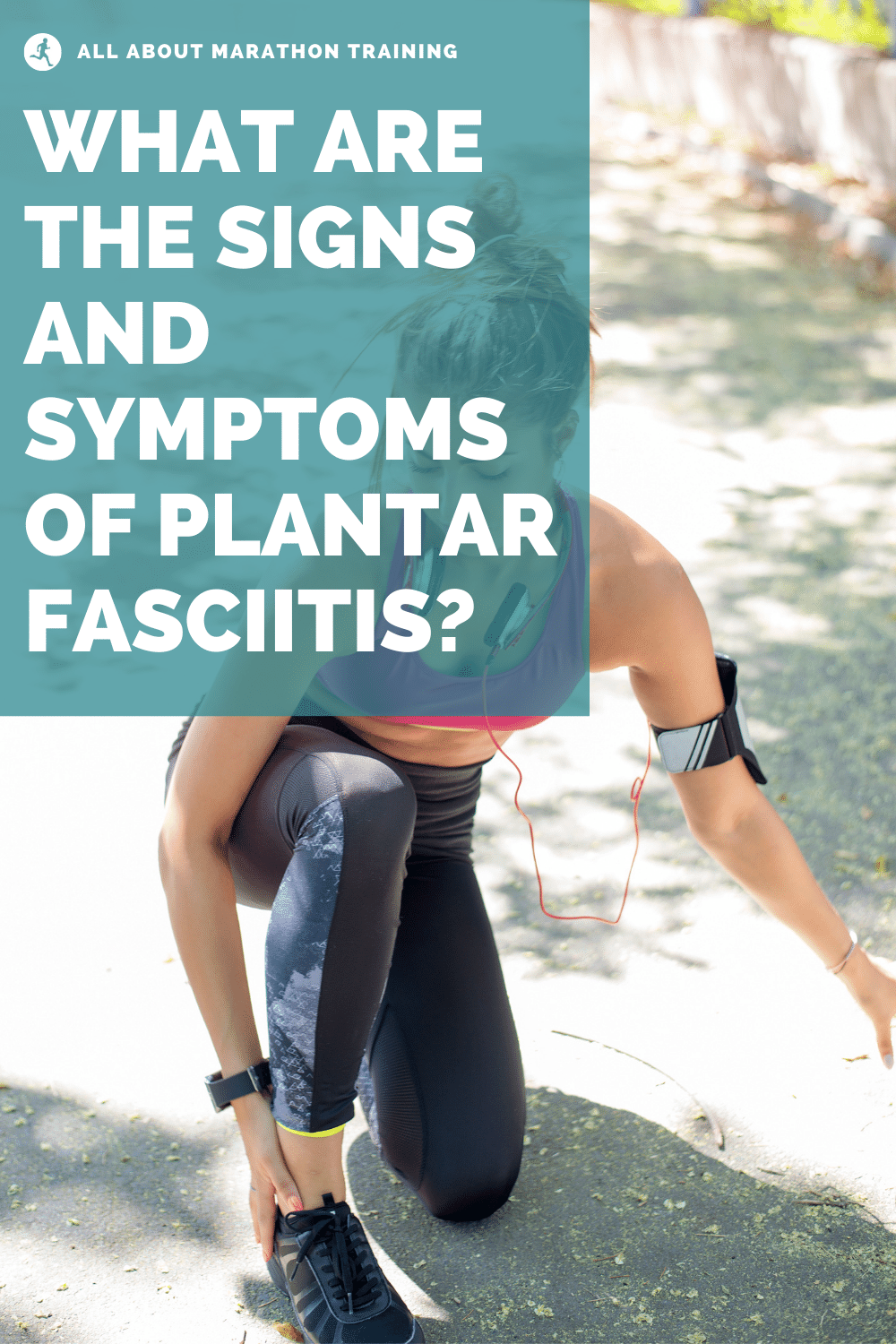
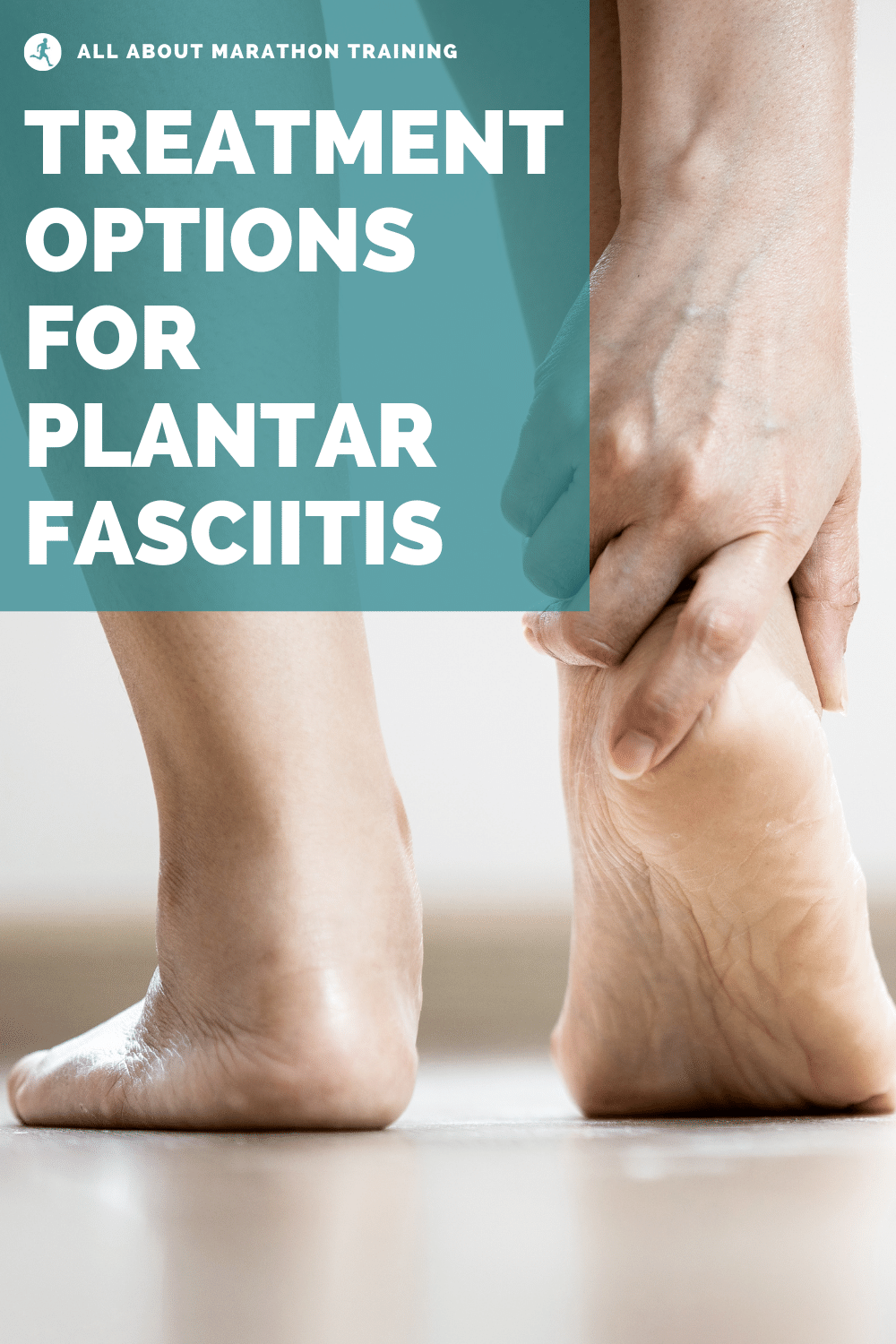

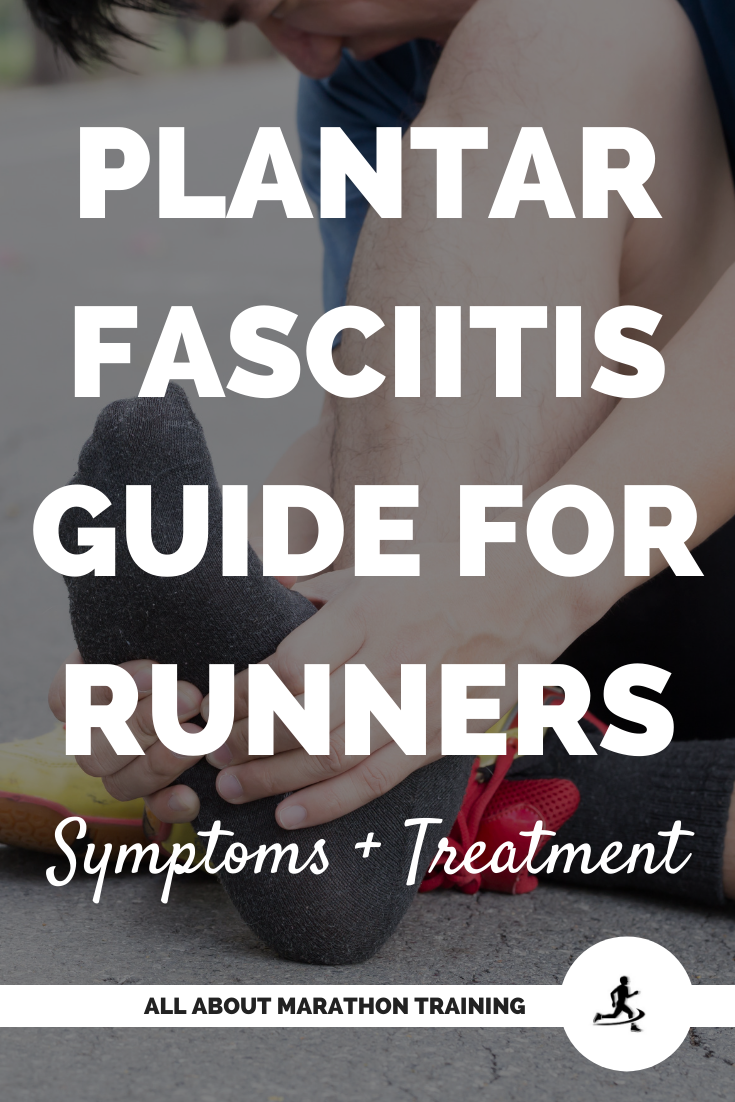




New! Comments
Have your say about what you just read! Leave me a comment in the box below.